Posted By Rob Whalley
Introducing CAFM Systems for Financial Directors (Business Case)
If you've produced a business case before for similar products or services, you'll no doubt already have a good understanding of what to include in such a document. This guide is designed to help those who may not be too familiar with business cases. It may also offer inspiration to those who already have experience. Either way, we hope this helps.
In a tough economic climate, it is even harder to convince Financial Directors to part with money, especially when there are potentially large sums involved with the procurement of a CAFM system. To overcome this challenging hurdle, often a powerful business case may be required to persuade those who hold the purse strings to release funds for the good of the business or Facilities Management operation. In our minds we may already know the benefits a CAFM system can offer. The goal of a business case is to prove that funding would be well spent and is a sensible Return on Investments.
Context
A great starting point is outlining your current position and service offering. Whilst Facilities Management plays a critical role in the smooth operation of any organisation, highlighting and promoting the core functions performed provide the groundwork for the business case, e.g. Maintenance, Room Booking, and Statutory Requirements etc.
For each core function, describe how this impacts and supports the core business objective and operation. Are there legal requirements to fulfil such obligations? Do any of the services you provide offer any cost saving benefits, improve efficiency or perhaps even raise the profile of the organisation? If possible, include any facts, figures and statistics. For example,
- Out of the number of reactive/helpdesk calls received, how many are completed with the SLA?
- What's the total value of your assets and asset cost forecast for the following year?
- How many meeting rooms and room bookings do you manage?
- How many 'clients' does your department support on a daily, weekly basis?
When pondering such questions, make note of questions you cannot answer accurately. These could form part of the reasoning for requesting budget approval for a CAFM system.
Metaphorically speaking, there are many hats a Facilities Manager must wear. There are also many objects a Facilities Manager must juggle to coordinate activities. Address the key functions of your department in your business case to highlight the importance that your department must operate as smooth and efficient as possible, so the rest of the business can continue without disruption.
Strengths and Weakness
As with all organisations and departments, there are undoubtedly areas that excel and those that lag. When considering the multiple disciplines a Facilities Management department must perform, documenting all strengths and weaknesses maybe a challenging task. Try breaking it down into smaller chunks by focusing on the strengths and weakness for each function, grouped by headings such as:
- Process
- Communication (Internal and External)
- Team Moral
- Data Accuracy
- Operational Visibility
- Utilisation/Efficiency
- Client Perception
- Resources
Introducing CAFM
The term CAFM, may not be well known outside the remit of Facilities Management. Before describing the deliverables a CAFM system can offer, take a moment to write a brief introduction to CAFM for the benefit of the Financial Director and also IT departments.
- What's is CAFM
- How can it be delivered
- What are typical modules
Deliverables
Having identified several weaknesses, describe how CAFM systems can turn these into strengths. There is an element of research required here, of which many CAFM providers will be happy to support. This is the preliminary investigation stage, where the aim to review the services provided by a CAFM system and how they can have a direct impact improving weaknesses. You may also find from the research that some of the strengths identified can also be further improved through CAFM. If you already have experience in CAFM, you may already know the technicalities and workflows CAFM systems can provide.
After performing the research, you should have a good understanding of the approach of CAFM Systems and how they can deliver to your requirements. Referring to the weakness documented above, describe how these be resolved through CAFM? There are three key areas to include when describing how CAFM can help.
- Cost – As you would expect, cost is critical for Financial Directors. CAFM systems provide a great way to save and manage costs, whether it's by creating a PPM's for asset to optimise life expectancy, using technology to reduce Facilities Department resources or perhaps even automatically confirming catering bookings to reduce wastage. Describe the cost saving benefits CAFM can offer
- Efficiency – CAFM Systems are all about efficiency. Whether it's to streamline communication, improve responses times or control processes, CAFM systems can help. Considering your weaknesses, can the various technology and workflows provided by CAFM systems make the department run more efficiently? Perhaps include workflow diagrams and process efficiency savings in your response.
- Visibility and Reporting – Visibility and reporting play a key role in early and future improvements to a department. CAFM systems provide the tools to analysis data collected from across the system. Such information as contractor SLA performance, asset depreciation/replacement forecast or room utilisation can all be derived from the system. The result being that further areas of weakness can be identified and rectified, to achieve the core business objectives.
Implementation
CAFM systems come in all sizes and are configurable to many operations. The scale and size of the deployment will have a direct effect on various resources throughout the life of the project. Following talks with the CAFM providers, you may have a good understanding of the timeframe of the project and resources required. The implementation strategy can form part of your business case, identifying key milestones and resources from project initiation to 'go-live'.
CAFM systems will inevitably force a change in processes and procedures for various departments, end-users and clients. With change often comes resistance. It is important to forecast any potential resistance and plan to prevent it. Securing "buy-in" from departments and end users will help to kick start the project in a positive light and is a great stride towards system success. There are three core roles/users to secure buy-in, including:
- IT Departments – Getting IT on board helps pave the way for a good relationship and communication between IT, Facilities Department and CAFM Provider. IT resources for the initial stages of the implementation are essential, so it's imperative that they are aware of and behind the project. Collaboration with IT from the outset contributes heavily towards successful system deployment, thus ensuring they prepared to deliver to the project timeframe.
- Colleagues – Pre and post implementation the system will require a level of participation from colleagues, whether it is to collate data, liaise with other users or embark on system training. With already busy schedules, it is likely that their time will be limited to take on additional duties in the short term. In addition to this, the automation capabilities through CAFM systems could potentially replace current manual processes, which in turn could cause concerns over job security. It is important that colleagues see the benefit of the system and feel part of the movement. Introduce predicted resistance in your business case and ways to avoid them.
- Client Usage – Securing buy-in from smaller groups (IT/Colleagues) is fairly easy as this can generally be achieved on an individual level. To secure buy-in from 'clients'/'customers' maybe a little trickier. It's not possible or feasible to discuss CAFM solutions with every individual within the building. Maybe introducing CAFM to a select focus groups or securing department heads could form part of the implementation strategy?
Cost
With the benefits sold, the question on any Financial Directors lips is "how much?" Now you have a clear understanding of the process you want to achieve, obtain some ballpark costs from CAFM vendors. CAFM systems come in various modes including hosted, modular, Mobile, Web etc. Put together a few estimated price proposals for various solutions, including the pro's and con's of each approach.
Also consider the cost of involvement from other department resources (i.e. IT) and any associated hardware, licence costs. All these would typically fall into year one costs. For consecutive year use, there is normally a licence fee for product use, maintenance/upgrade and support. Clarify costs for consecutive years and include in the proposal.
'Return on Investment' will attract the attention of the Financial Director. Consider the cost of purchase and deployment against the potential cost savings to calculate the return on investment of procuring a CAFM system.
Executive Summary
And finally, include an executive summary concluding your findings into the procurement of a CAFM system. This should summarise the project objectives, benefits and associated cost.
Pre-empting project approval, the summary should also include the next steps.
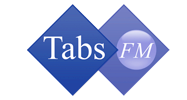
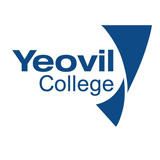
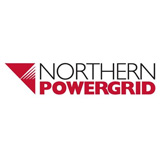
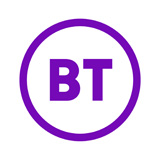
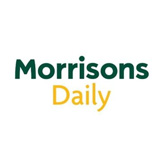
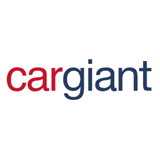
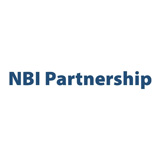

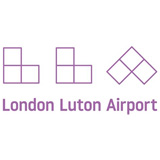









































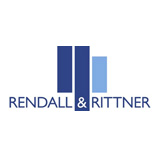

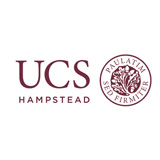
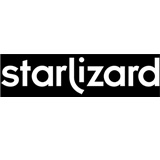
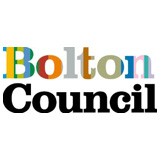
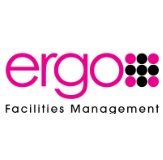
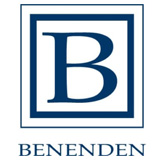


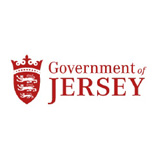
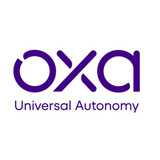

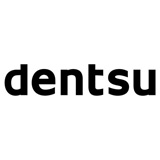


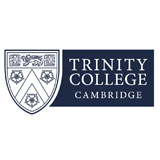
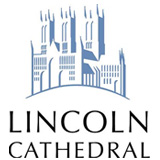


Follow us:
GDPR (Data Privacy)
Disclaimer
COVID-19